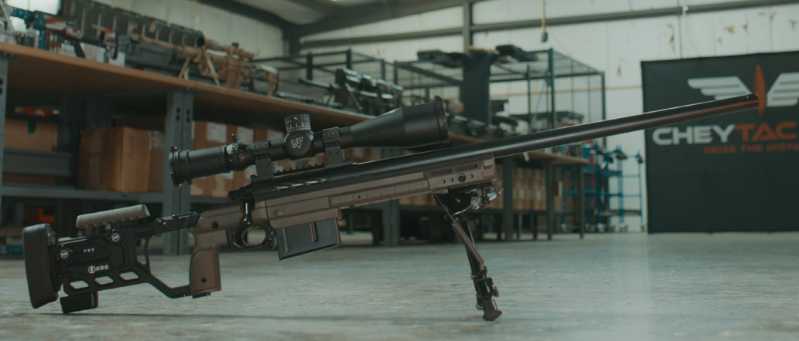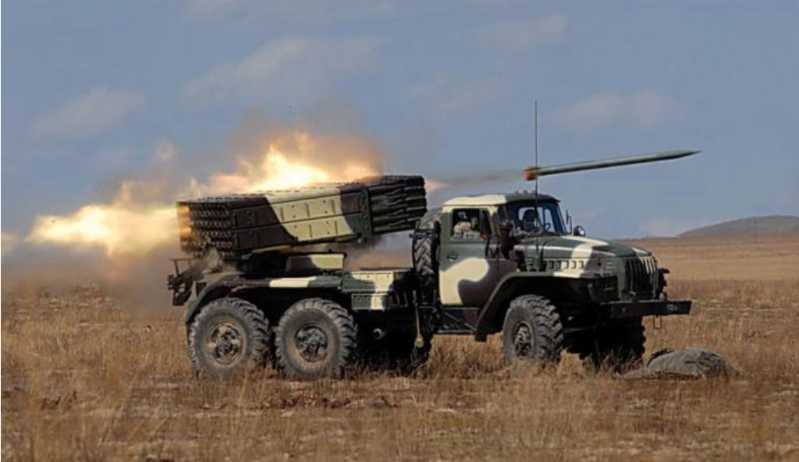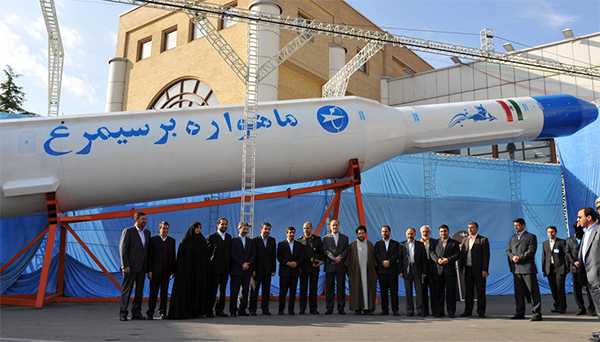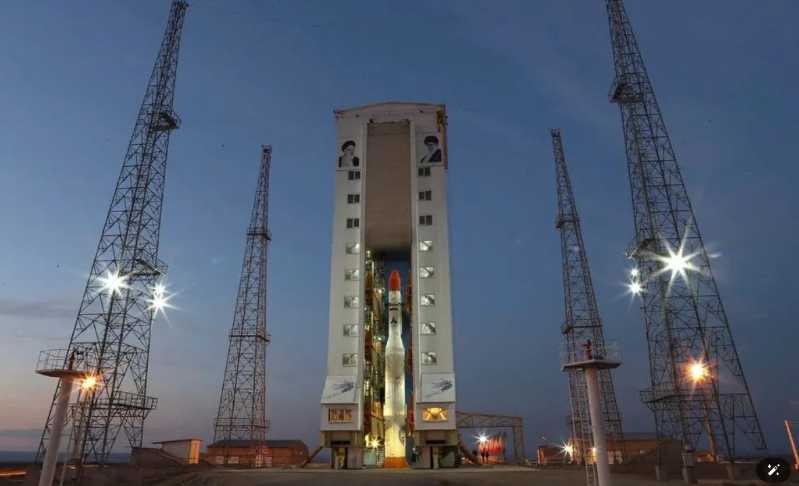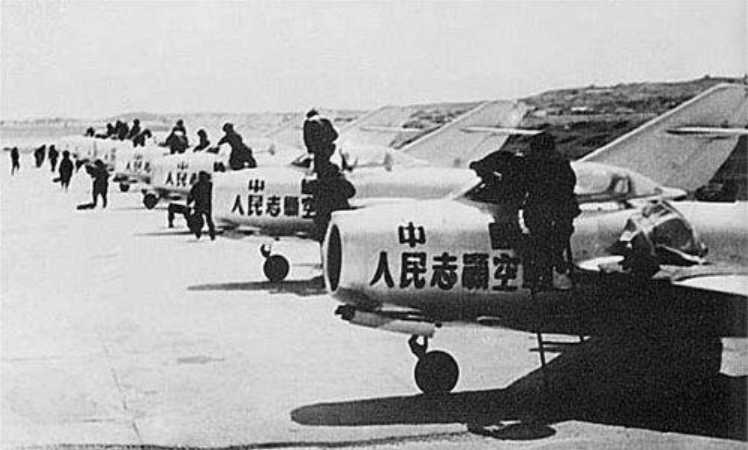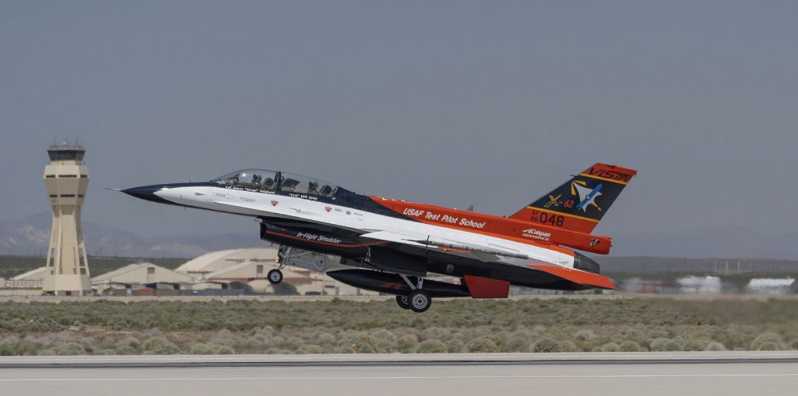Mk 13 Series Sniper Rifles
Another sniper rifle adopted by the US Special Operations Command (SOCOM) is the Mk13 Mod0 rifle from the 1980s. The core of the Mk13 Mod0 sniper rifle is the bolt system of the Remington 700 rifle, so its reliability and long-range accuracy are satisfactory. The Mk13 Mod0 has a barrel length of 26.5 inches (673.1 mm), uses a 5-round magazine, and has an effective range of up to 1,200 meters. Compared with the Mk11 and Mk12 semi-automatic precision rifles (both see the previous article) that SOCOM snipers have been equipped with, the Mk13 sniper rifle is obviously more accurate and powerful. The Mk13 Mod0 sniper rifle is very popular among the Navy SEALs and the Marine Corps Special Operations Command (MARSOC). Since its service, it has derived a series of improved models, and its performance has been improving. Since the Mk13 sniper rifle was developed by ordnance personnel, its appearance has undergone many subtle changes. In addition, in the early 1990s, the Picatinny rail was not a standard feature, so the early Mk13 Mod0 was equipped with a scope mount on the receiver to install the scope. Subsequently, the Mk13 Mod0 was continuously improved during use, such as improving the form of the extractor, changing the color of the buttstock, and adding a rail. In 2003, the silenced version of the Mk13 Mod2 rifle was developed. The rifle uses the foldable AICS buttstock of Precision International and is equipped with the Mk11 silencer of Knight (the same model as the Mk11 semi-automatic precision rifle). Later, the Mk13 Mod5 was launched. The main change is the use of an extractor similar to the M16 rifle, the outer diameter of the barrel is thickened, and a special silencer interface is processed.
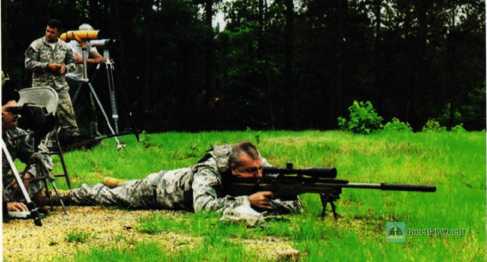
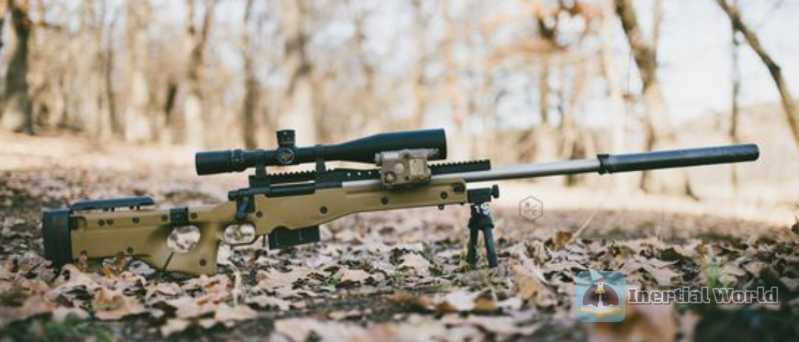
In 2013, the contract of the supplier who provided parts for the Mk13 Mod5 sniper rifle expired, and the US Special Operations Command re-committed the relevant bidding and launched the latest model Mk13 Mod7 sniper rifle. It is equipped with a silencer from SureFire or AAC, and fires Mk248 match-grade ammunition. It is said that it has sniped targets 2,000 meters away. The main users are the Navy SEALs and the Marines, because the Army no longer plans to purchase the Mk13 Mod7 after upgrading the M2010 sniper rifle.
In 2018, the Marine Corps announced that it would replace the M40 sniper rifle, which has been in service for more than 50 years, with the Mk13 Mod7 sniper rifle. Although the Marine Corps’ M40 is a derivative of the Remington 700 rifle like the Army’s M24, the M40 sniper rifle uses a short receiver and can only use 7.62 mm NATO ammunition. It cannot be upgraded to the M2010 sniper rifle that fires .300 Winchester-Magnum ammunition (7.62x67 mm) by replacing the barrel like the Army. SOCOM’s special forces have been using the Mk13 sniper rifle for many years. The Marine Corps’ choice of Mk13 not only saves a lot of testing time and money, but also reduces the training investment for new equipment.




M2010 ESR sniper rifle
M2010 enhanced sniper rifle (ESR, Enhanced The M2010 ESR sniper rifle was designed to expand the range of operations in vast mountainous or plain battlefields like Afghanistan. Initially, the project was called M24E1, which was equivalent to a major upgrade of the M24 sniper rifle. The purpose was to significantly upgrade the range and target penetration while retaining the reasonable weight of the M24.

Because the receiver of the earliest M24 sniper rifle was designed according to the length of .300 Winchester Magnum ammunition (7.62x67 mm), it can be said that it was prepared in advance for later upgrades. Although the effective range of the M24 sniper rifle is only 800 meters, this major upgrade was launched after more than 20 years of service in the army.
In theory, upgrading from M24 to M2010 only requires replacing the barrel, but the recoil, muzzle jump, muzzle flame and muzzle noise of firing .300 Winchester-Magnum ammunition are greatly increased, and the wear of the barrel bore is more serious. Therefore, the so-called upgrade is actually replacing the barrel, magazine, muzzle brake, silencer, scope, and buttstock, which can basically be said to be a brand new weapon.
The upgraded M2010 sniper rifle uses a 24-inch (609.6 mm) long cold-forged floating barrel and uses a 5-round magazine. The most notable feature of its appearance is the skeleton-type fully adjustable buttstock, which can adapt to shooters of all sizes. The M2010 ESR weighs only 12.1 pounds (5.5 kg). With the powerful ammunition of .300 Winchester-Magnum, the effective range can reach 1200 meters and the accuracy reaches 1MOA.
Like the Barrett M107 large-caliber sniper rifle that has been equipped, although its effective range can reach 2,000 meters, its accuracy is only 2.5MOA. As an anti-material weapon, it is qualified, but it seems a bit powerless in terms of anti-personnel. The accuracy and range of the M2010 ESR sniper rifle effectively solve the task requirements of sniping enemy living targets at a long distance.
In addition to the United States, it is said that the special forces of Colombia and the Philippines are also equipped with some M2010 ESR sniper rifles. In the special forces of SOCOM, the M2010 ESR sniper rifle was originally planned to be replaced by the Mk21 PSR (Precision Sniper Rife, precision sniper rifle), but due to the serious problems of the Mk21PSR itself, the successor can basically be confirmed to be the Barrett Mk22MARD sniper rifle.


Mk 21 PSR sniper rifle
In 2009, the US Special Operations Command issued a tender information called PSR, trying to find a new sniper rifle for its special forces that is lighter than the 12.7mm sniper rifle and can be carried by one person, to replace sniper rifles such as M40, M24, and MK13. There are many detailed terms in the bidding information, including that it can be manual or gas-operated, the accuracy is no more than 1MOA within the range of 300~1000 meters, the total length of the gun is no more than 52 inches (1320.8 mm, with silencer installed), the shooter can complete the decomposition action within 2 minutes, and it can be fired without zeroing after reassembly.

Precision International (AI), Barrett, Saco, SIG Sauer, Remington, FN and many other well-known companies participated in the bidding. After 5 years of testing and evaluation, in 2013, Remington’s MSR (Modular Sniper Rife) modular sniper rifle finally won the bid and was named Mk 21 PSR sniper rifle. Remington received a large contract of nearly $80 million, and plans to provide the military with more than 5,000 sniper rifles with silencers within ten years, and the number of ammunition contracts is close to 4.7 million rounds.
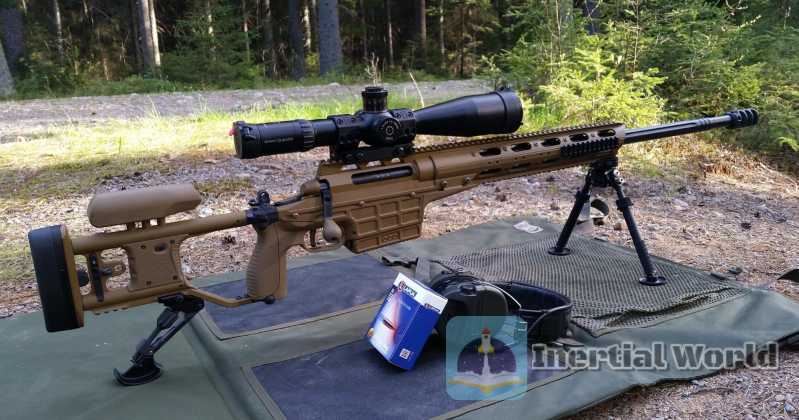
The biggest feature of the Remington Mk 21 PSR sniper rifle is the use of a quick-detachable floating barrel structure, which allows the shooter to replace barrels of different calibers in a few minutes. The barrels include calibers that can fire 7.62x51mm NATO, .300 Winchester-Magnum (7.62x67mm) and .338 Lapua-Magnum (8.6x70mm) ammunition. It can be said that the Mk 21 PSR has taken the modularity of sniper rifles to a new level. The Mk 21 PSR is also equipped with an AAC recoil brake that can be installed with a TiTAN quick-release silencer, an X-Treme adjustable trigger assembly and a detachable stock. It is said that when firing .338 Lapua-Magnum ammunition, the average accuracy of the gun at 1000 meters can reach 0.7MOA.
But there are reports that after the successful bid, Remington replaced the high-quality barrel of the Mk21PSR sniper rifle at a low cost, resulting in the product test accuracy of the delivered troops not reaching the excellent performance during the bid. In 2015, the US military canceled its financial support for the PSR project and basically declared the project bankrupt. In desperation, SOCOM launched the ASR (Advanced Sniper Rife) project in 2017. In March 2018, Remington even applied for bankruptcy protection from the court, which surprised many people.
Although the Remington MSR sniper rifle was not successful, it was still equipped by special forces in many countries including France, Israel, Brazil, Colombia, Italy, Mexico, Turkey, Algeria, etc.
Mk 22 Mod 0 ASR Advanced Sniper Rifle
In view of the poor performance of the Mk 21 PSR sniper rifle, the US Special Operations Command launched the ASR (Advanced Sniper Rifle) project in 2017, which is actually a continuation of the previous PSR project. This ASR project has put forward new requirements, among which the most important change is that the new gun must be able to fire 7.62mm NATO, .300 Norma-Magnum ammunition (7.62x63mm), and .338 Norma-Magnum ammunition (8.6x64mm).
Obviously, SOCOM launched the ASR project not only to seek a new sniper rifle, but also to upgrade a series of ammunition. In terms of sniper weapons, the special forces under SOCOM were mainly equipped with sniper rifles firing 7.62 mm NATO, .300 Winchester-Magnum (7.62x67 mm) and .338 Lapua-Magnum (8.6x70 mm) medium-caliber ammunition, as well as Barrett M107 and McMillan Mk15 large-caliber sniper rifles firing .50BMG ammunition (12.7x99 mm). Therefore, it is necessary to briefly introduce the .300 Norma-Magnum ammunition and .338 Norma-Magnum ammunition mentioned in the ASR project here to facilitate readers’ understanding.



.338 Norma-Magnum ammunition was launched by Swedish Norma Precision Ammunition in 2009 and is a high-powered rifle ammunition. The ammunition was originally designed by American shooter Jimmy Sloan as a "wildcat bullet" for long-range shooting sports. Later, the design was purchased and put into production by Swedish Norma Precision Ammunition. In May 2010, .338 Norma-Magnum ammunition was certified by the C.1.P. (Permanent International Small Arms Certification Committee). The 338 Norma-Magnum ammunition provides similar performance to the .338 Lapua Magnum ammunition. The total length of the two is the same, but the .338 Norma-Magnum ammunition has a shorter shell and a longer bullet. The longer and heavier bullet has a better ballistic coefficient, and is less affected by factors such as velocity drop, ballistic drop, and wind, which can increase the effective range. The effective range of the .338 Norma-Magnum ammunition is 1500 meters, and in the relevant documents of the US military, when fired by machine guns, the effective range of this ammunition can reach 2000 meters, which can partially replace the role of the M2 heavy machine gun.
.300 Norma-Magnum ammunition was designed by Swedish Norma Precision Ammunition in 2012. Its shell is a reduced diameter shell of the .338 Norma-Magnum ammunition. Once launched, it has become very popular in long-range shooting projects. The maximum chamber pressure of .300 Norma-Magnum ammunition is about 440 MPa, the initial velocity of a 14g bullet can reach 915 m/s, and the muzzle kinetic energy reaches 5971 joules. At the same distance, the energy storage capacity of .300 Norma-Magnum ammunition is about 80% of that of .338 Lapua-Magnum ammunition, but the size of .300 Norma-Magnum ammunition is significantly smaller and the recoil is lower. In 2016, the US Special Operations Command designated .300 Norma-Magnum ammunition as a new advanced sniper rifle ammunition.
It can be seen that compared with 7.62 mm NATO and .300 Winchester-Magnum ammunition, .300 Norma-Magnum and .338 Norma-Magnum ammunition have better ballistic coefficients and kilometer energy storage capacity. In the later period, the US Special Operations Command also plans to give .300 Norma-Magnum and .338 Norma-Magnum ammunition certain anti-material capabilities. If feasible, the new ASR sniper rifle theoretically has the ability to unify the three sniper rifles currently in service with special forces into one, which will greatly reduce the logistical support requirements.
In 2019, Barrett MARD successfully won the ASR project and was named MK 22 ASR sniper rifle. The US Special Operations Command awarded Barrett a $50 million contract, and the firearms distributed to the troops include replaceable 7.62mm NATO, .300 Norma Magnum, and .338 Norma-Magnum caliber barrels and heads. In fact, the Barrett MARD sniper rifle was originally developed to participate in the PSR project of that year, and it was improved based on the Barrett 98B sniper rifle.

The Barrett 98B is a bolt-action sniper rifle that fires .338 Lapua-Magnum ammunition. It was launched in 2008 and the main designer is Chris Barrett, the son of the company’s founder Ronnie Barrett. The bolt of the Barrett 98B adopts a multi-locking tooth structure. The bolt directly completes the opening and locking action with the locking surface of the barrel, so the upper receiver can be made of lightweight aluminum alloy. Many structural designs of the Barrett 98B are inspired by the AR-15/M16 rifle, such as the hinged upper and lower receiver layout, and the manual safety set above the grip. The upper receiver of the Barrett 98B is equipped with a full-length Picatinny rail, and short Picatinny rails can be installed on both sides. The barrel is 685.8 mm long, with weight reduction and heat dissipation grooves on it, and a two-chamber muzzle brake installed on the muzzle.
The lower receiver of the Barrett 98B is also made of aluminum alloy, which is compatible with the AR-15/M16 rifle grip and equipped with a 10-round polymer magazine. The magazine catch is located in front of the trigger guard. The trigger component can be removed from the receiver as a whole, and the trigger force and trigger travel are adjustable. Its skeleton stock is integrated with the lower receiver, and the thickness of the butt pad and the height of the polymer cheek pad are adjustable.
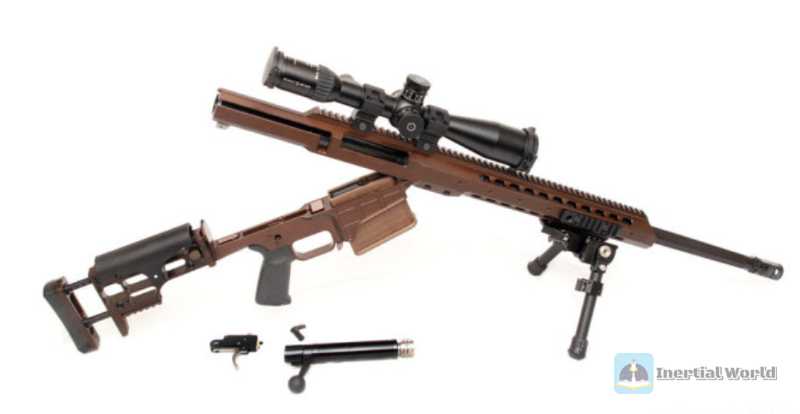
The bolt structure of the Barrett MARD is also inherited from the Barrett 98B. The bolt head adopts annular locking teeth, with a total of three rows, a single locking tooth in each row, and a locking rotation angle of 60°. The bolt head is fixed to the bolt body through a fixing pin, so when changing the caliber, only the corresponding bolt head and barrel need to be replaced, which can meet the bidding requirements of the ASR project. In terms of barrel replacement, the Barrett MARD only needs to unscrew the two screws on the upper receiver to disassemble the barrel, and the entire replacement time is less than 2 minutes.
Unlike traditional bolt-action sniper rifles, the movement of the Barrett MARD’s bolt is completely enclosed in the receiver. At the same time, in order to reduce the wear of the bolt and the receiver, two polymer sleeves are designed between the bolt and the upper receiver to prevent the bolt from directly contacting the aluminum alloy receiver. The rear polymer sleeve will also rotate with the bolt. When in the locked position, the polymer sleeve will close the bolt handle groove to prevent the entry of sand, dust, foreign objects, etc., and act as a dust cover.
The effective range of the Barrett MARD can reach 1,500 meters, which is 300 meters farther than the M2010ESR sniper rifle. When using match-grade .338 Lapua Magnum ammunition, the Barrett MARD can achieve an accuracy of 0.5MOA at a distance of 1500 meters, and the accuracy using standard ammunition is less than 1MOA.
In 2021, the Army and Marine Corps will also order the Mk22ASR sniper rifle as one of their main sniper weapons. Although Barrett won the ASR bidding project, it still needs to provide a prototype for subsequent testing and evaluation. The entire testing and evaluation process is expected to be completed around 2024.
In addition to the United States, the Barrett MARD sniper rifle is also equipped by special forces in Israel, New Zealand, Norway and other countries.


